Home>Gardening & Outdoor>Landscaping Ideas>What Does St. Augustine Grass Look Like
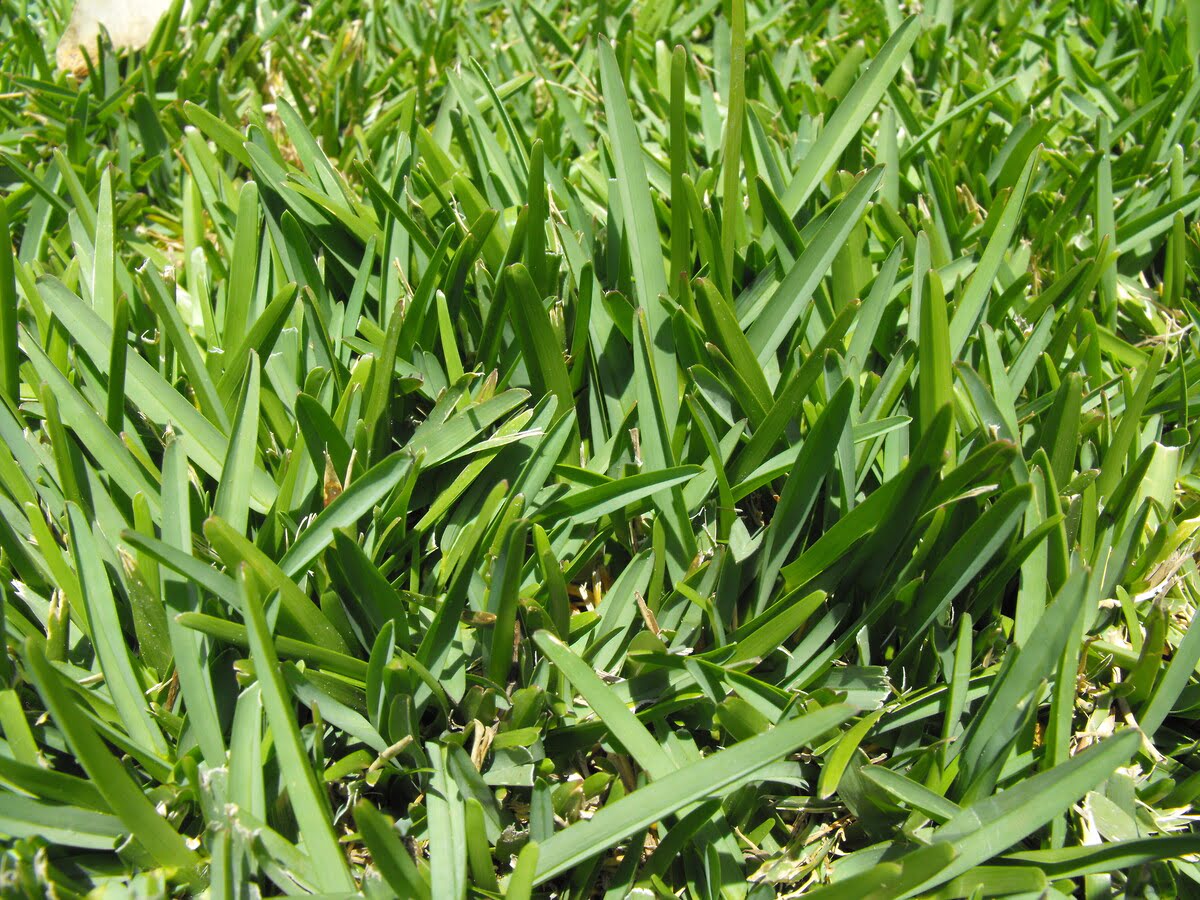

Landscaping Ideas
What Does St. Augustine Grass Look Like
Modified: October 20, 2024
Discover the characteristics of St. Augustine grass and get landscaping ideas for incorporating this lush, vibrant grass into your outdoor space. Explore the unique appearance and benefits of St. Augustine grass today!
(Many of the links in this article redirect to a specific reviewed product. Your purchase of these products through affiliate links helps to generate commission for Storables.com, at no extra cost. Learn more)
Introduction
St. Augustine grass is a popular warm-season turfgrass known for its lush, dense growth and vibrant green color. It is a top choice for lawns in tropical and subtropical regions due to its excellent tolerance to heat, humidity, and salt. If you're considering St. Augustine grass for your lawn, understanding its characteristics, appearance, growth habits, and maintenance requirements is crucial to ensure its successful cultivation and long-term health.
In this comprehensive guide, we will delve into the distinctive features of St. Augustine grass, offering valuable insights into its appearance, growth patterns, and best practices for maintenance. Whether you're a seasoned homeowner or a novice gardener, this article aims to equip you with the knowledge needed to appreciate and care for this resilient and visually appealing grass variety.
Let's embark on a journey to explore the captivating world of St. Augustine grass, uncovering the secrets behind its lush beauty and robust nature. Whether you're envisioning a verdant lawn for tranquil relaxation or a vibrant backdrop for outdoor gatherings, St. Augustine grass may just be the perfect choice to elevate your outdoor space. So, let's roll up our sleeves and delve into the fascinating realm of St. Augustine grass!
Key Takeaways:
- St. Augustine grass is a lush and resilient turfgrass that thrives in warm climates, making it perfect for creating visually striking and low-maintenance lawns in tropical and subtropical regions.
- Understanding the specific care needs of St. Augustine grass, such as proper watering, fertilization, and pest management, empowers homeowners to cultivate a vibrant and inviting outdoor space that enhances the beauty and functionality of their property.
Read more: What Grass Looks Like St. Augustine
Characteristics of St. Augustine Grass
St. Augustine grass (Stenotaphrum secundatum) possesses a unique set of characteristics that make it a sought-after option for lawns in warm climates. Understanding these traits is essential for anyone considering this grass variety for their outdoor space.
- Heat and Humidity Tolerance: St. Augustine grass thrives in hot and humid conditions, making it an ideal choice for regions with tropical and subtropical climates. Its ability to withstand intense heat and moisture sets it apart from other grass species, ensuring a vibrant lawn even during the sweltering summer months.
- Shade Tolerance: While St. Augustine grass prefers full sun, it exhibits moderate shade tolerance, allowing it to maintain satisfactory growth in partially shaded areas. This attribute makes it a versatile option for lawns with varying sun exposure throughout the day.
- Salt Tolerance: One of the most remarkable features of St. Augustine grass is its tolerance to salt. This makes it an excellent choice for coastal regions where salt spray and soil salinity can pose challenges to other grass varieties.
- Dense Growth: St. Augustine grass forms a dense carpet of lush greenery, creating a visually appealing and inviting lawn. Its vigorous growth habit helps to choke out weeds and provides a luxurious feel underfoot.
- Fast Establishment: When properly cared for, St. Augustine grass establishes quickly, allowing for rapid coverage of bare soil and expedited development of a uniform lawn.
- Winter Dormancy: In cooler climates, St. Augustine grass may enter a period of dormancy during winter, during which it loses its vibrant green color. However, it typically rebounds with vigor when temperatures rise in the spring.
These characteristics collectively contribute to the allure and resilience of St. Augustine grass, making it a favored choice for homeowners seeking a low-maintenance yet visually striking lawn that can withstand the rigors of warm, humid climates.
Appearance of St. Augustine Grass
St. Augustine grass is renowned for its lush and vibrant appearance, lending a touch of luxurious greenery to outdoor spaces. Its visual characteristics set it apart as an attractive and inviting turfgrass option for lawns in warm climates.
When well-maintained, St. Augustine grass presents the following distinctive visual traits:
- Rich Green Color: The blades of St. Augustine grass boast a rich, deep green hue, creating a visually striking and inviting lawn that enhances the overall aesthetic of outdoor areas.
- Broad, Coarse Texture: The blades of St. Augustine grass are relatively broad and coarse compared to other grass varieties, contributing to its robust and resilient nature.
- Dense Growth Pattern: St. Augustine grass forms a dense carpet of growth, creating a lush and visually appealing lawn that feels soft underfoot and provides an excellent backdrop for outdoor activities.
- Upright Growth Habit: The grass exhibits an upright growth habit, with blades reaching a moderate height, contributing to its overall lush and well-manicured appearance.
- Distinctive Seed Heads: St. Augustine grass produces unique seed heads that add an ornamental touch to the lawn, enhancing its visual appeal during the flowering season.
These visual characteristics collectively contribute to the allure of St. Augustine grass, making it a popular choice for homeowners seeking a visually striking and resilient turfgrass variety for their outdoor spaces.
Whether you envision a verdant backdrop for outdoor gatherings, a soft and inviting surface for recreational activities, or simply a visually captivating lawn to elevate your property’s curb appeal, St. Augustine grass offers a compelling combination of visual charm and robust growth, making it a top contender for warm-season lawns.
St. Augustine grass has broad, flat blades with a blue-green color. It has a dense growth habit and a thick, lush appearance. It is often used in warm, humid climates for its ability to tolerate shade and foot traffic.
Growth Habits of St. Augustine Grass
Understanding the growth habits of St. Augustine grass is essential for nurturing and maintaining a healthy, vibrant lawn. This warm-season turfgrass exhibits distinct growth patterns and behaviors that contribute to its overall resilience and visual appeal.
Key growth habits of St. Augustine grass include:
- Rapid Growth: St. Augustine grass is known for its vigorous growth, allowing for relatively quick establishment and coverage of bare soil. This rapid growth habit enables homeowners to achieve a lush and uniform lawn within a relatively short timeframe.
- Runner Formation: St. Augustine grass spreads via above-ground stolons, also known as runners, which enable it to fill in bare patches and expand its coverage area. This growth characteristic contributes to its ability to form a dense and visually appealing carpet of greenery.
- Root Development: Beneath the surface, St. Augustine grass develops a robust root system, anchoring it firmly in the soil and contributing to its resilience against drought and foot traffic. A well-established root system also aids in nutrient uptake and overall plant health.
- Flowering and Seed Production: During the growing season, St. Augustine grass produces distinctive seed heads, adding an ornamental touch to the lawn. While it is primarily propagated vegetatively, the production of seeds contributes to the grass’s natural reproductive cycle.
- Dormancy in Cooler Climates: In regions with cooler winter temperatures, St. Augustine grass may enter a period of dormancy, during which its growth slows, and it may lose its vibrant green color. This is a natural response to cold weather and is typically followed by a resurgence of growth and color in the spring.
By familiarizing yourself with these growth habits, you can better appreciate the resilience and adaptability of St. Augustine grass, allowing you to implement targeted care practices to support its natural growth patterns and ensure a thriving lawn throughout the growing season.
Whether you’re establishing a new lawn or seeking to enhance the vitality of an existing one, understanding the growth habits of St. Augustine grass empowers you to cultivate a visually stunning and resilient outdoor space that serves as a welcoming backdrop for leisure and recreation.
Maintenance and Care of St. Augustine Grass
Proper maintenance and care practices are crucial for nurturing a healthy and vibrant St. Augustine grass lawn. By implementing targeted care routines and addressing its specific needs, you can ensure that your lawn thrives, maintaining its lush appearance and resilience throughout the growing season.
Key considerations for the maintenance and care of St. Augustine grass include:
- Watering: St. Augustine grass thrives in moist soil and benefits from deep, infrequent watering to encourage deep root growth. It is important to water early in the morning to allow the grass blades to dry during the day, reducing the risk of disease.
- Fertilization: Regular fertilization with a balanced lawn fertilizer is essential to provide St. Augustine grass with the nutrients it needs for vigorous growth and vibrant color. It is important to follow recommended fertilization schedules and avoid over-fertilization, which can lead to thatch buildup and environmental pollution.
- Mowing: Maintaining the appropriate mowing height is crucial for the health of St. Augustine grass. It is recommended to mow at a height of 3.5 to 4 inches, as this promotes a healthy root system and helps shade the soil, reducing weed growth and conserving soil moisture.
- Weed Control: St. Augustine grass benefits from proactive weed control measures to prevent invasive species from encroaching on the lawn. Selective herbicides designed for use on St. Augustine grass can help manage common weeds without harming the turfgrass itself.
- Aeration: Periodic core aeration can benefit St. Augustine grass by alleviating soil compaction, improving root development, and enhancing the penetration of water, air, and nutrients into the soil.
- Pest and Disease Management: Vigilance against common pests and diseases that affect St. Augustine grass is essential. Regular inspection and prompt action to address issues such as chinch bugs, sod webworms, and fungal diseases can help maintain the health and vigor of the lawn.
By adhering to these maintenance and care guidelines, you can support the growth and vitality of your St. Augustine grass lawn, ensuring that it remains a visually stunning and resilient feature of your outdoor space. With proper care, St. Augustine grass has the potential to create a lush, inviting, and enjoyable environment for relaxation, recreation, and outdoor gatherings.
Remember that each lawn is unique, and adjusting care practices based on local climate, soil conditions, and specific lawn characteristics can further optimize the health and beauty of your St. Augustine grass.
Conclusion
As we conclude our exploration of St. Augustine grass, we have gained valuable insights into the remarkable characteristics, lush appearance, resilient growth habits, and essential care practices that define this popular warm-season turfgrass. The allure of St. Augustine grass extends beyond its vibrant green color and dense growth, encompassing its ability to thrive in warm, humid climates and withstand the challenges of coastal environments.
For homeowners seeking a visually striking and resilient lawn, St. Augustine grass emerges as a top contender, offering a captivating backdrop for outdoor activities, relaxation, and social gatherings. Its rapid establishment, tolerance to heat, humidity, and salt, and moderate shade tolerance make it a versatile and appealing choice for a wide range of outdoor spaces.
By understanding the specific maintenance and care needs of St. Augustine grass, you can embark on a journey to cultivate a thriving and visually stunning lawn that enhances the beauty and functionality of your property. From strategic watering and fertilization to vigilant weed control and proactive pest management, targeted care practices can ensure that your St. Augustine grass remains a vibrant and inviting feature of your outdoor landscape.
Whether you’re envisioning a verdant oasis for family enjoyment, a welcoming setting for outdoor entertaining, or simply a visually captivating lawn that elevates your property’s curb appeal, St. Augustine grass stands ready to fulfill those aspirations with its lush growth and resilient nature.
As you embark on your landscaping endeavors, may the knowledge and insights gained from this guide empower you to cultivate a thriving and visually stunning St. Augustine grass lawn, creating an outdoor sanctuary that beckons with its beauty and beckons with its beauty and invites with its resilience.
With the right care and attention, St. Augustine grass has the potential to transform your outdoor space into a vibrant and inviting haven, where the lush greenery serves as a testament to nature’s beauty and resilience.
Frequently Asked Questions about What Does St. Augustine Grass Look Like
Was this page helpful?
At Storables.com, we guarantee accurate and reliable information. Our content, validated by Expert Board Contributors, is crafted following stringent Editorial Policies. We're committed to providing you with well-researched, expert-backed insights for all your informational needs.
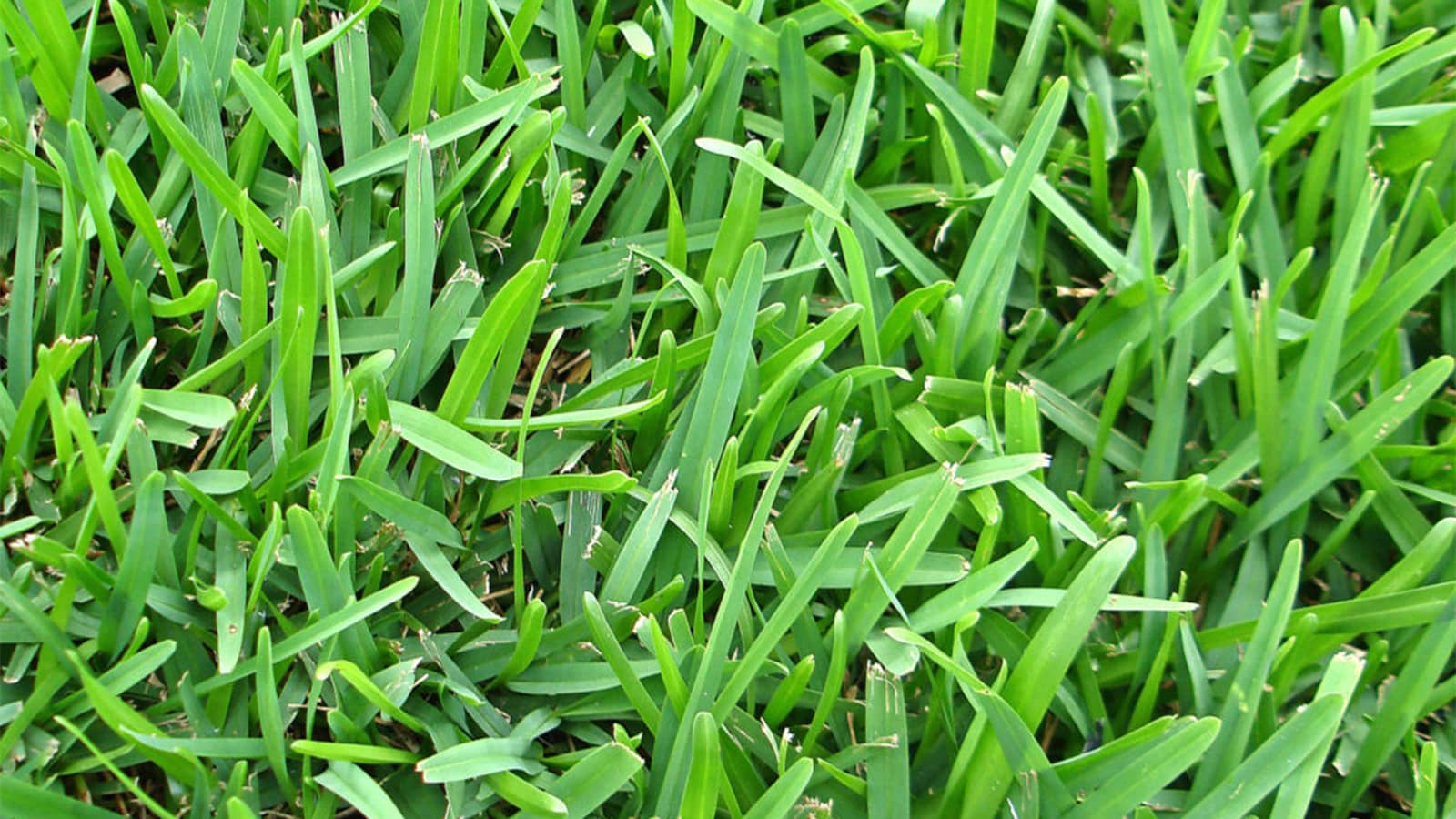
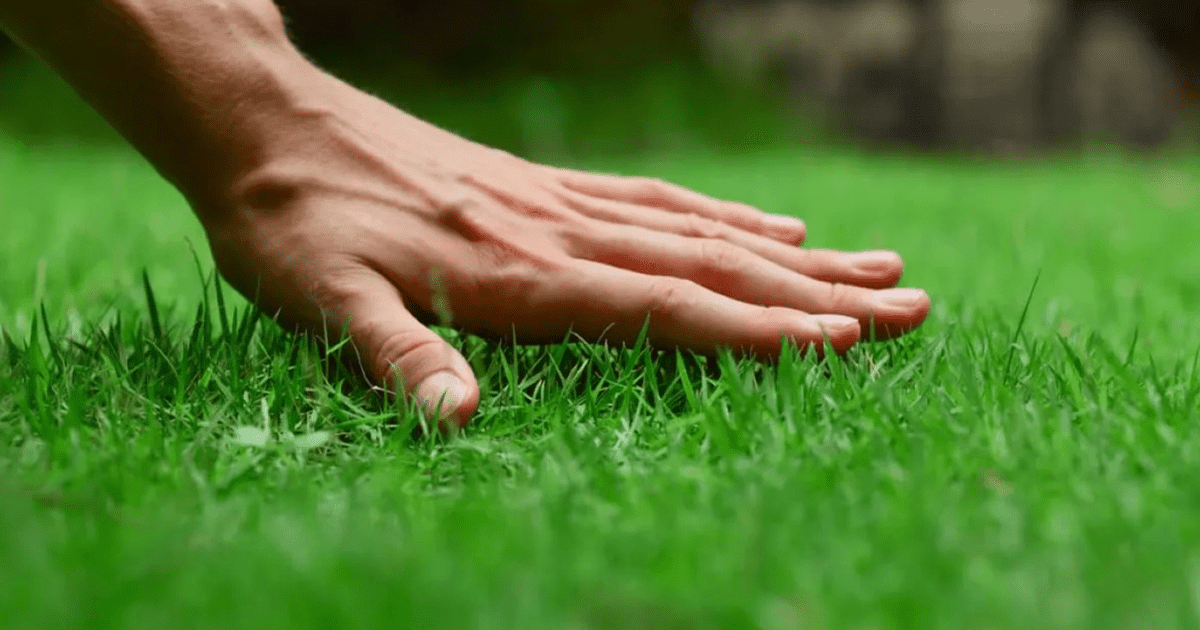
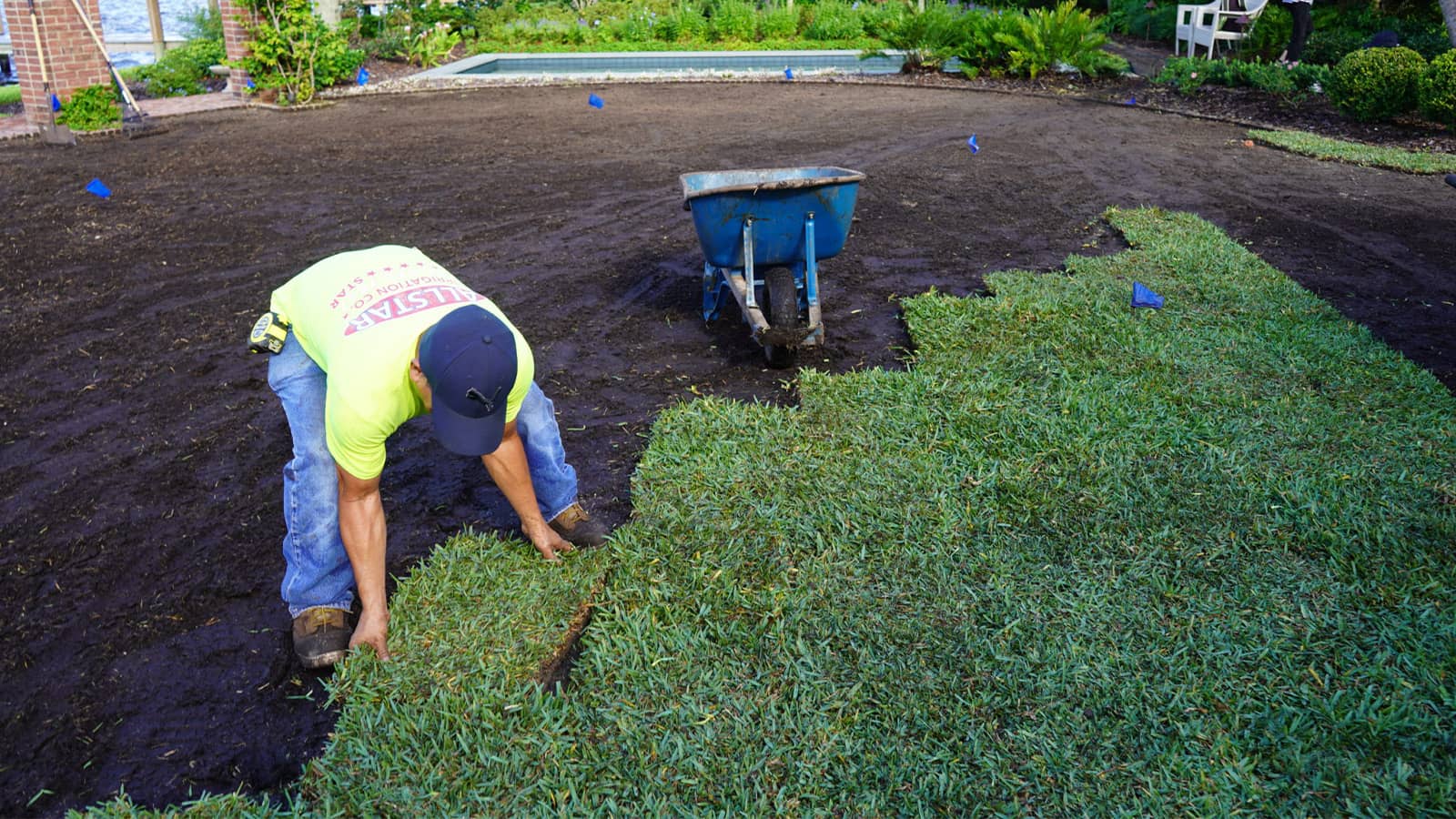
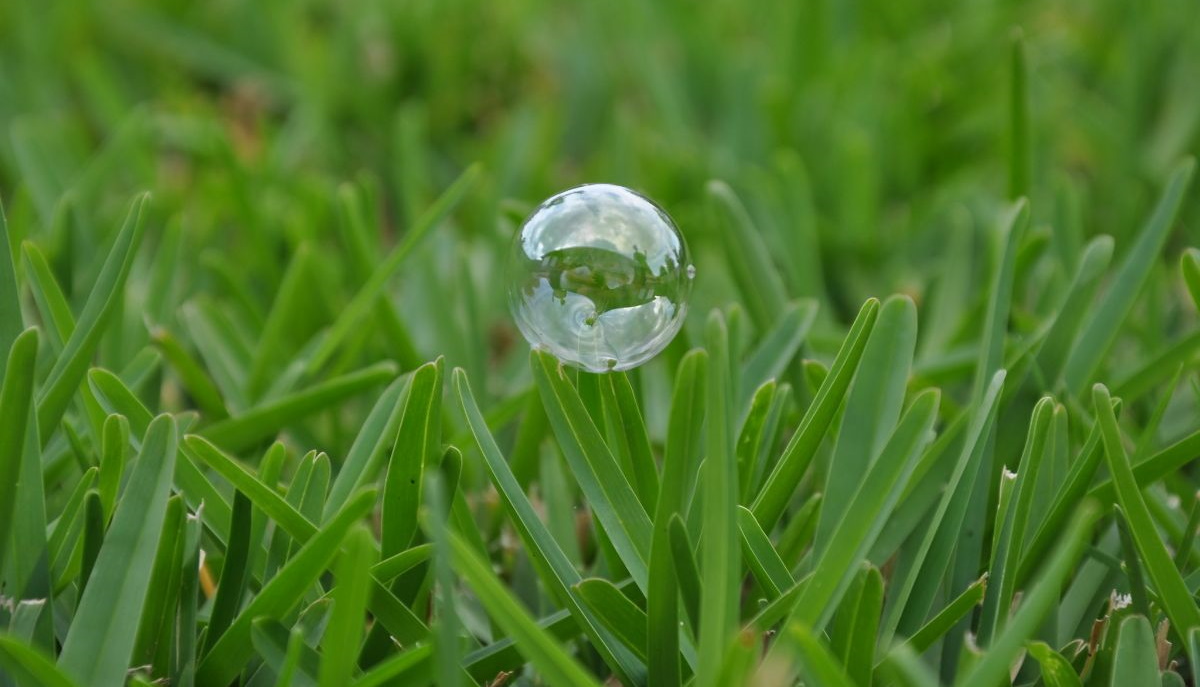
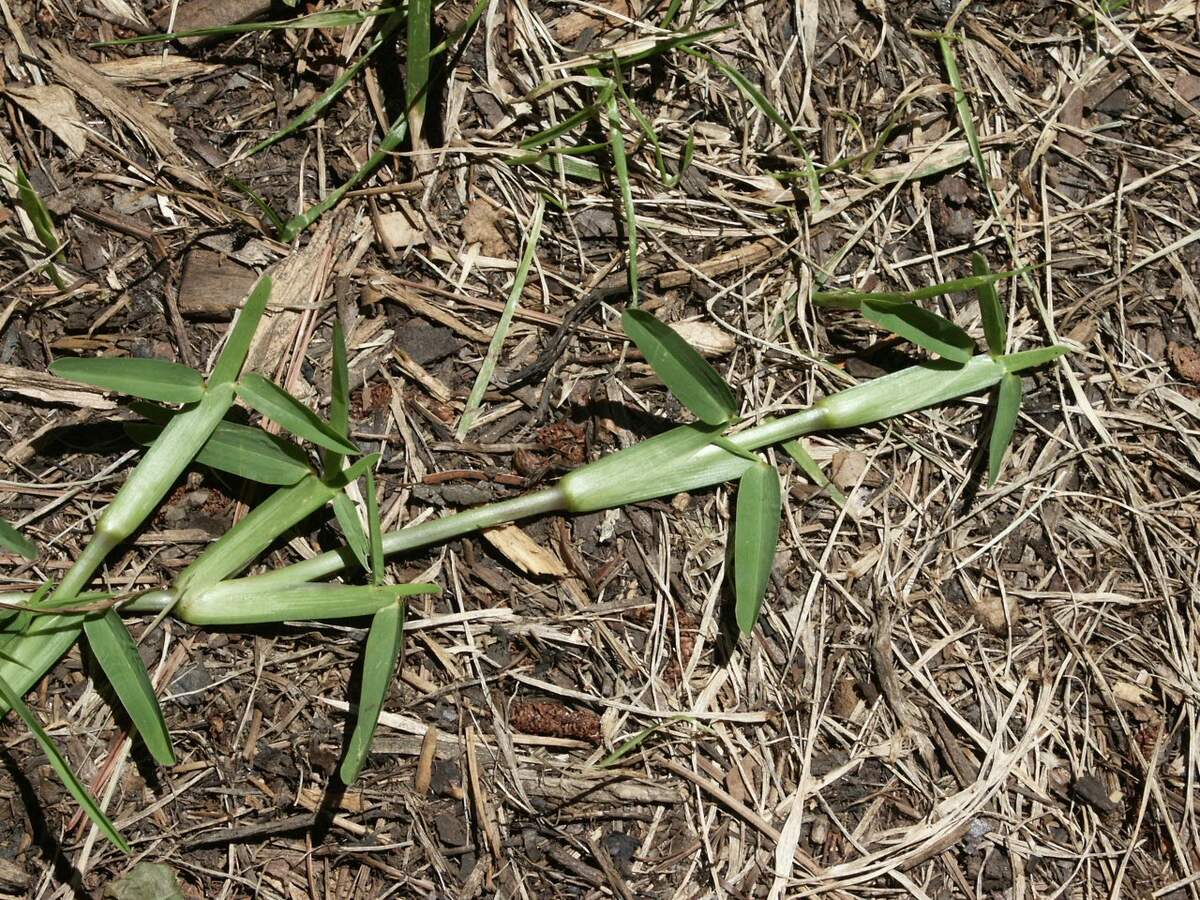
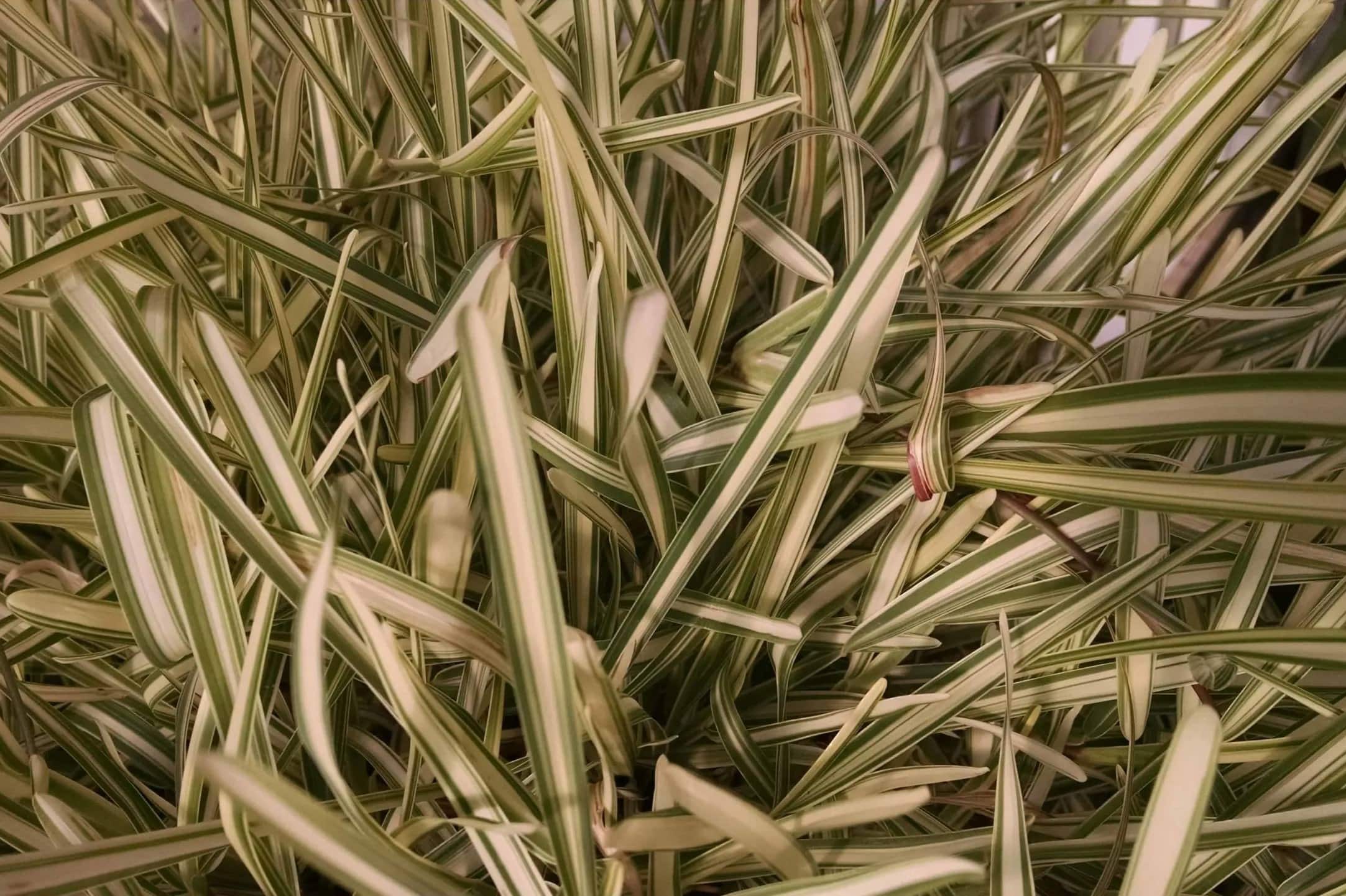
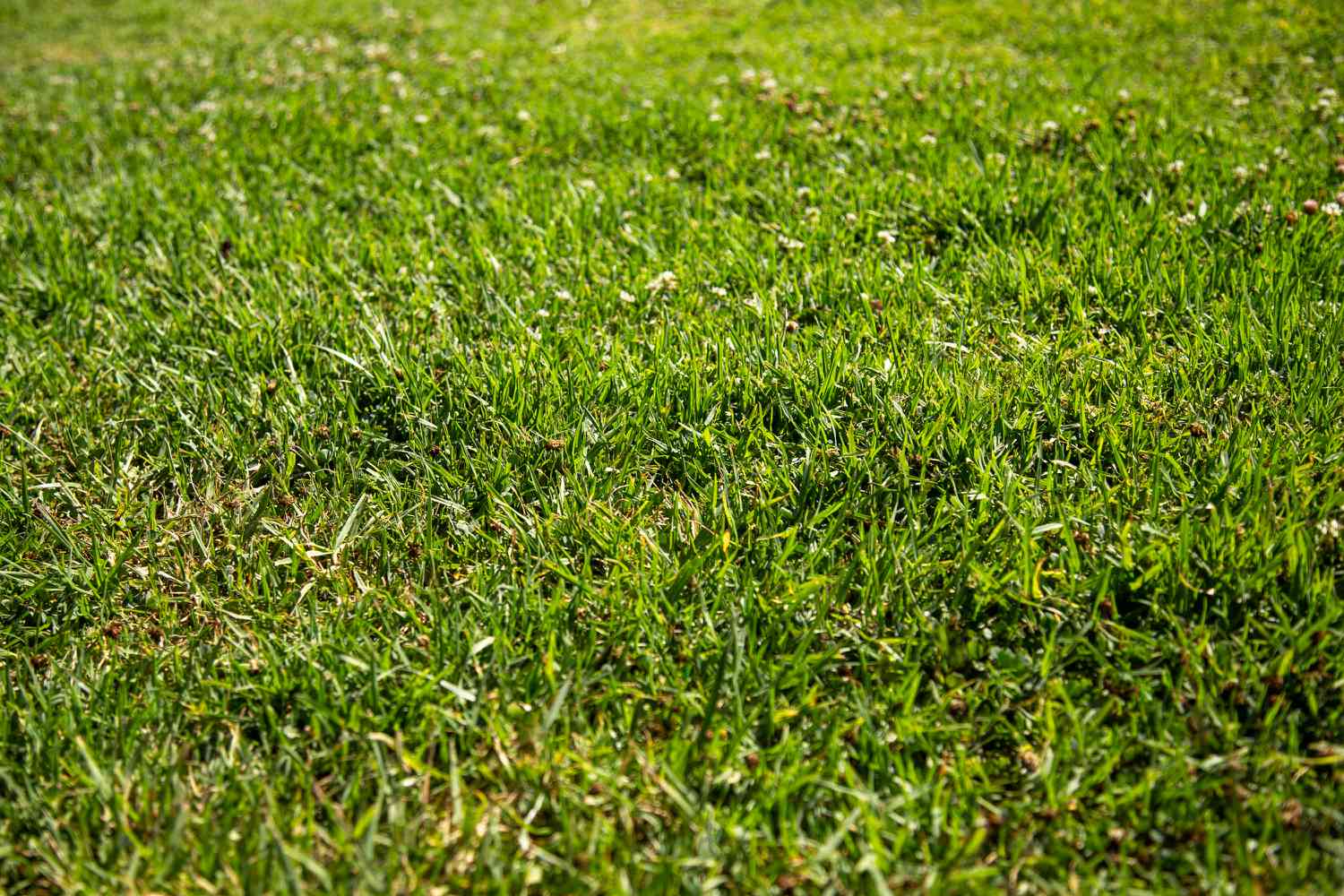
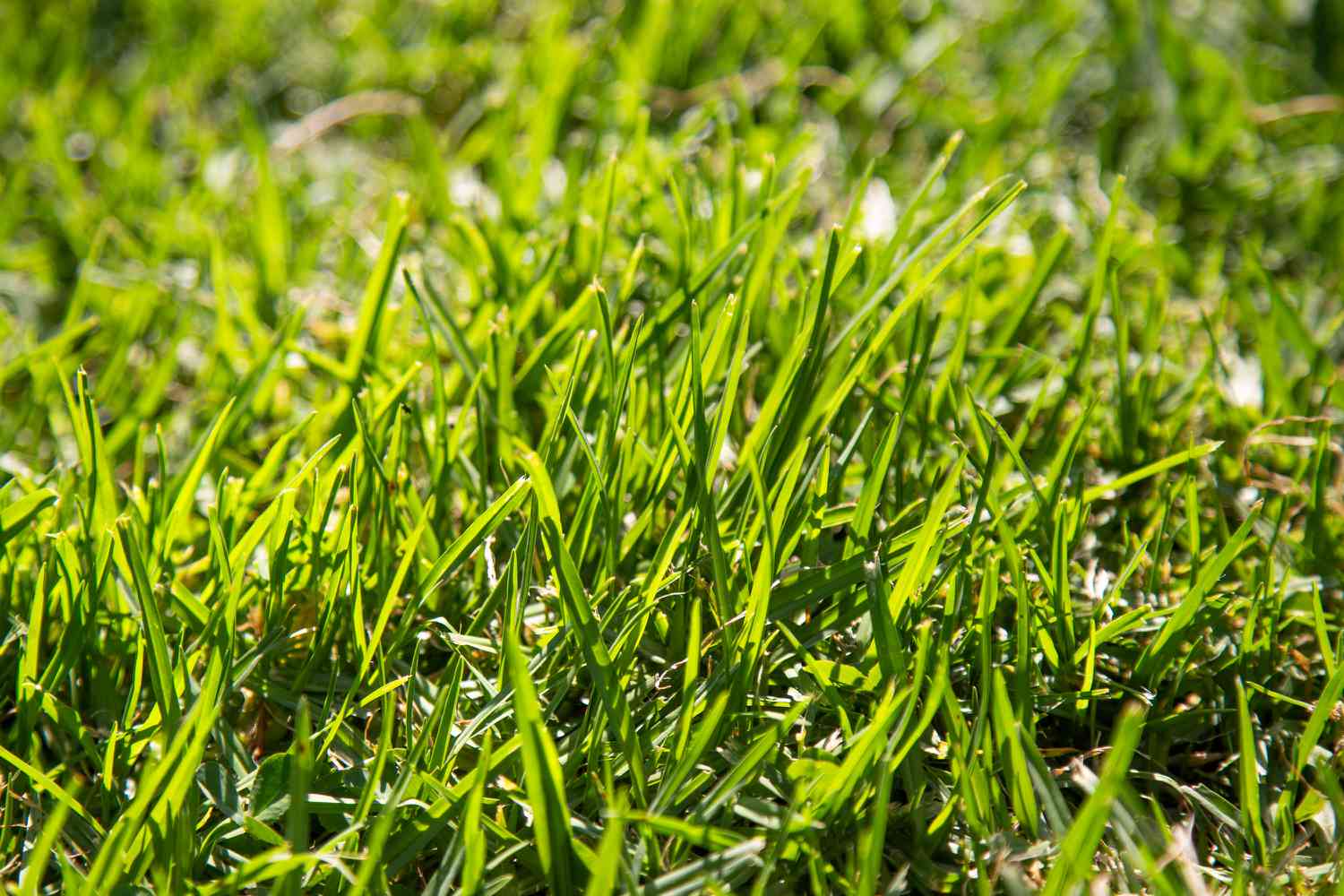
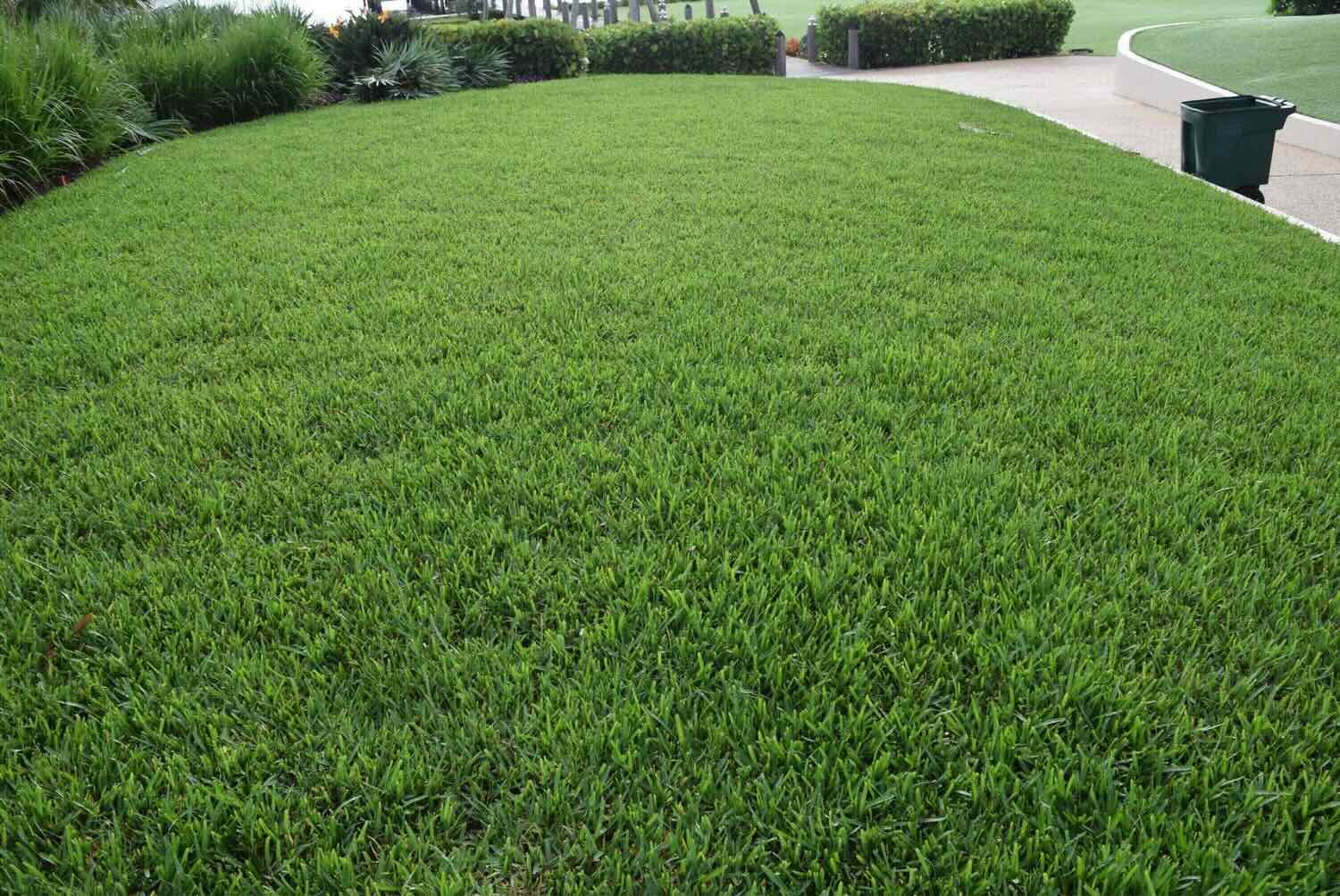
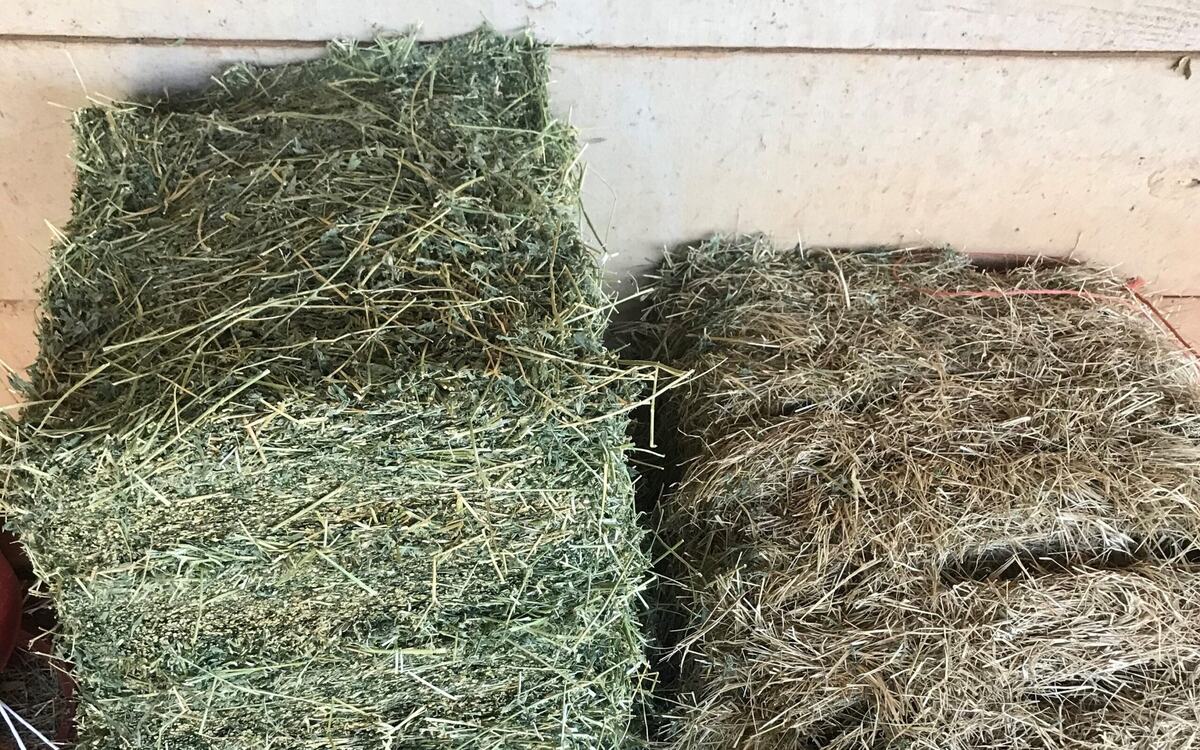
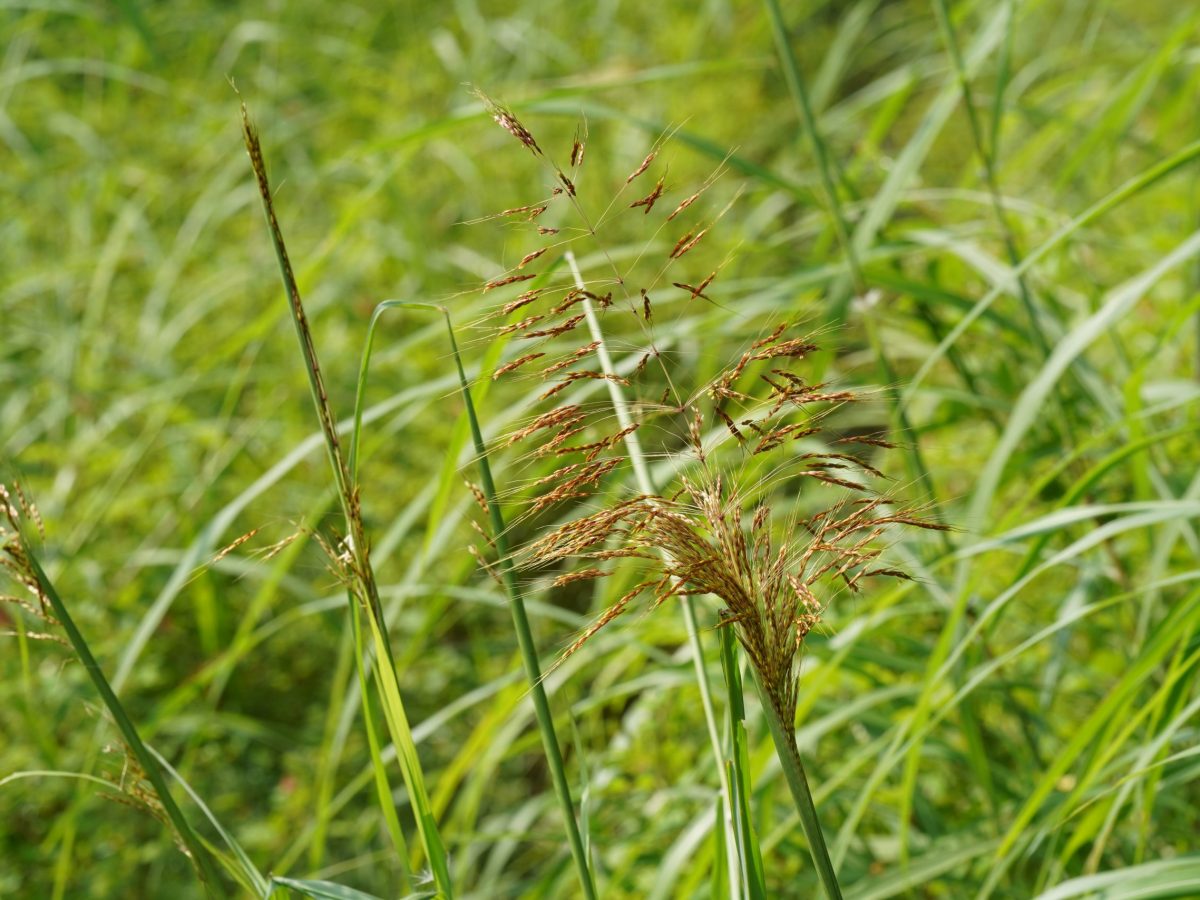
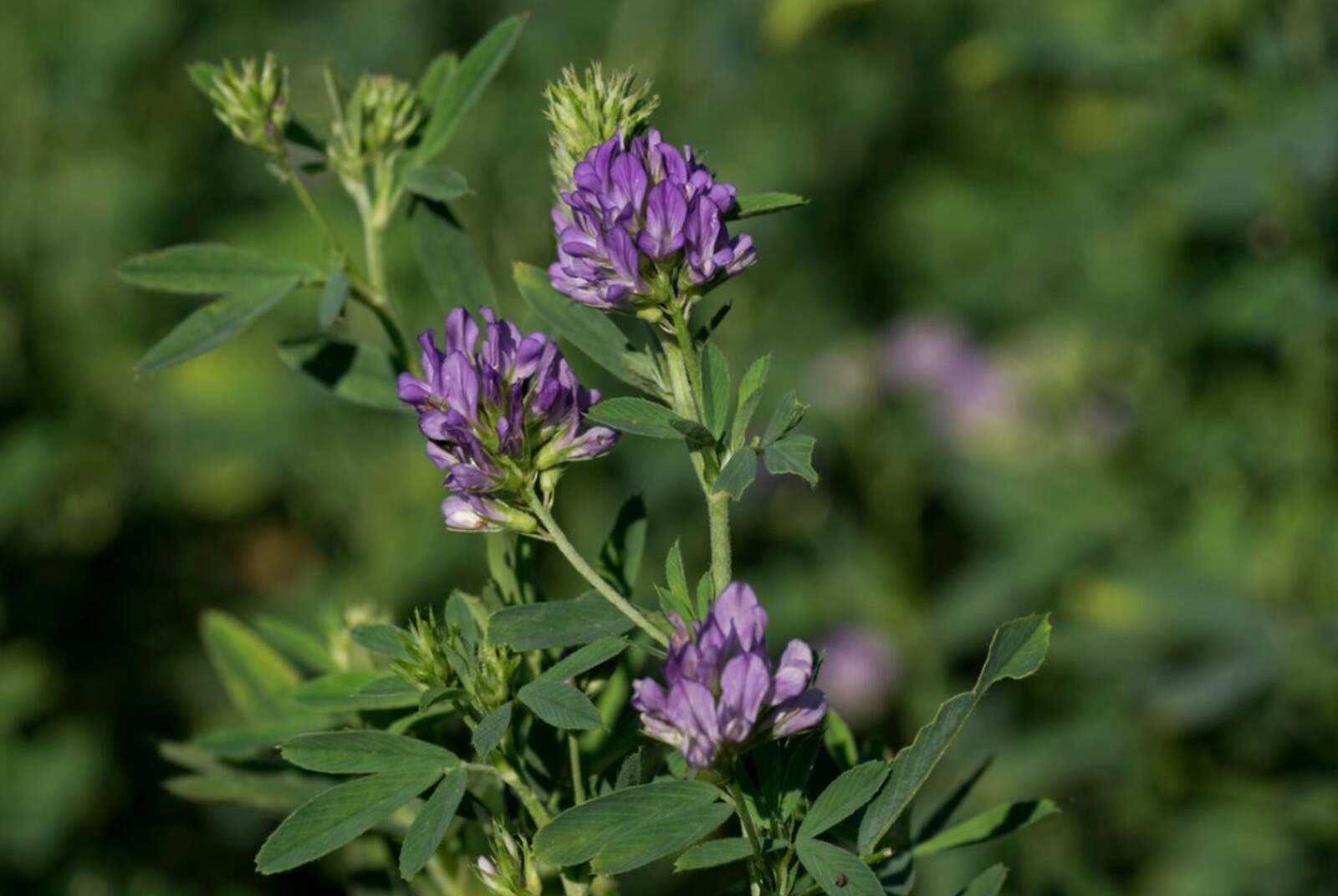
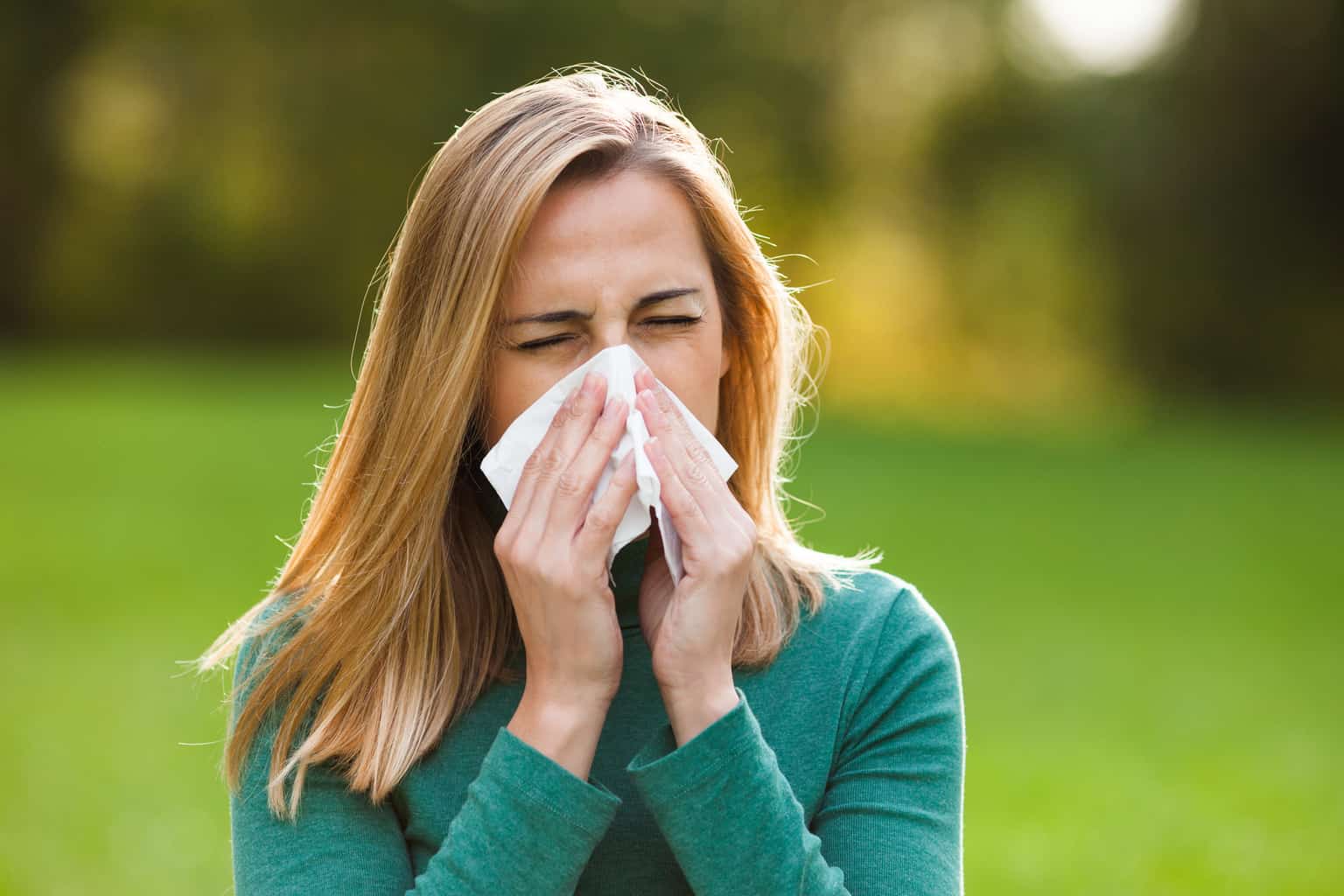
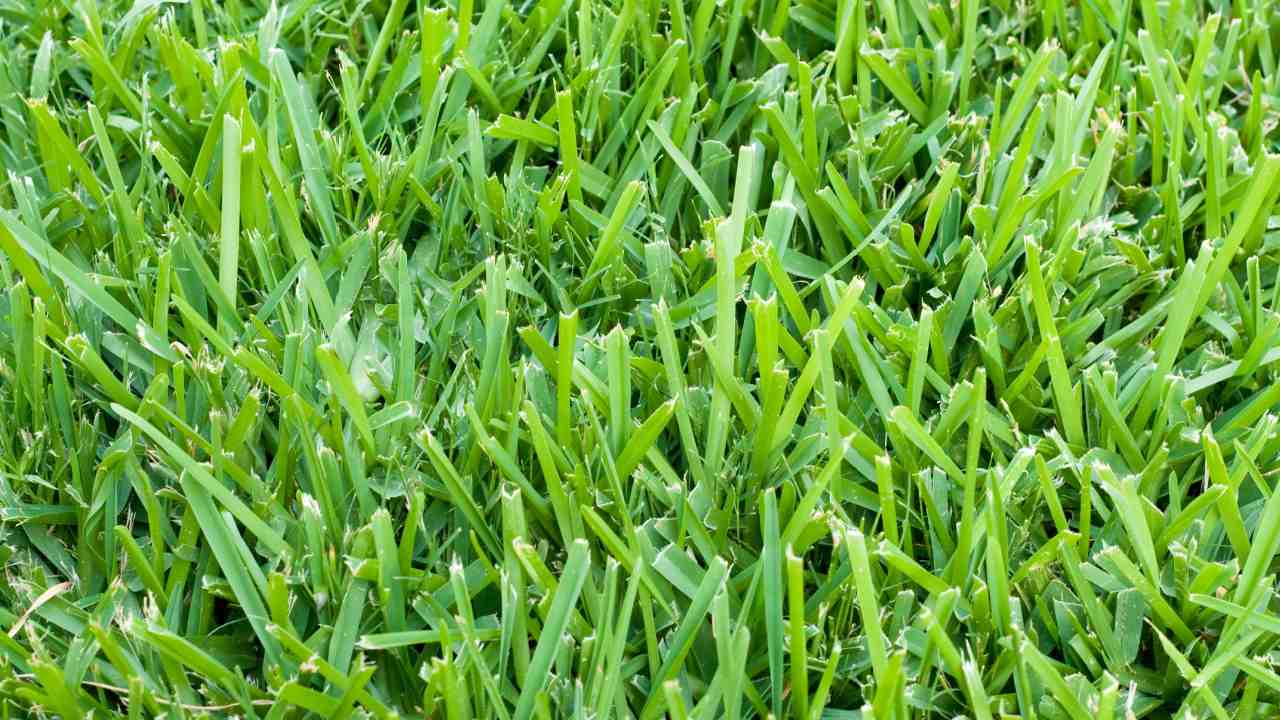

0 thoughts on “What Does St. Augustine Grass Look Like”